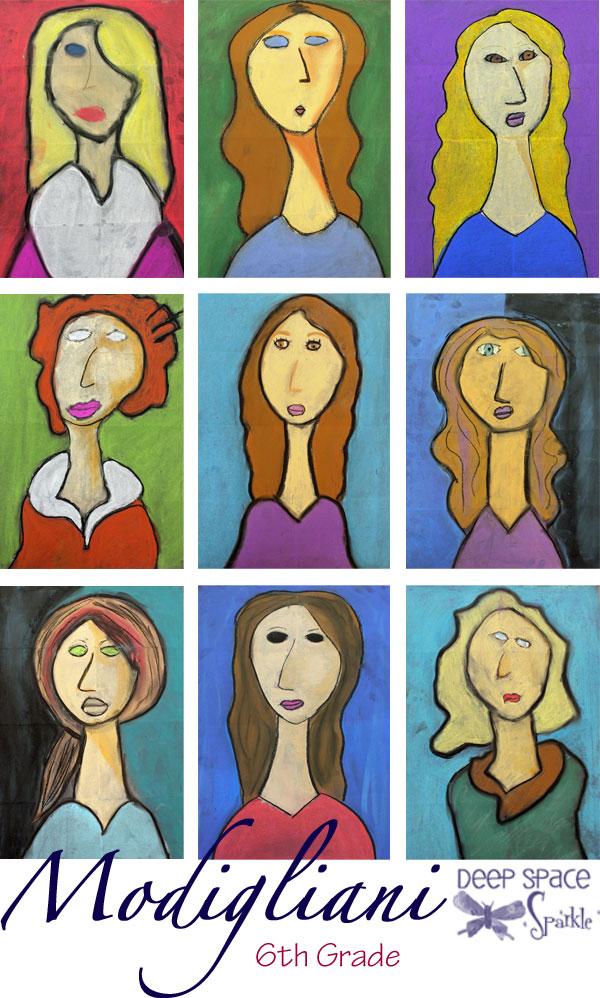Words Their Way (by Bear, Invernizzi, Templeton, Johnston) is a program that offers a developmental curriculum for phonics/spelling instruction, reading fluency and vocabulary development. The hands-on activities engage students as they actively categorize their ‘word sorts’ and the assessment inventory provides a clear indicator of where each student is in the process of word development. Each stage pattern has its own booklet of prepared sorts, making the process easy to implement.
I have been using Words Their Way for 4 years and it seems to be one thing I can stick to and follow. I see results. I love that I can monitor and differentiate my spelling program for students.
As I often teach Year 3-5, I work between the 'Within Words' and 'Syllables and Affixes' books. These books compliment my education department's spelling program, allowing this program not to become an add-on, but rather a valuable resource.
Spelling Inventory
Assessment is the key to this program. I use the
Spelling Inventory every term to track where my students are and what spelling patterns they need to work on. The Spelling Inventory takes a while to administer and mark, however it is valuable. While some teachers worry that students remember the words, I find this isn't the case, and it helps to identify students who are slipping through the cracks.
There are 3 Spelling Inventories:
Primary (for P-3) Elementary (for 1st-5th) Upper-level (for 4th-high school) I will probably start my Year 3s with the Primary Inventory to see where everyone is. If students get more than 20 words correct, they will be tested on the Elementary Inventory.
I record student scores and spelling level and file the spelling inventory. I use the Spelling Inventory Classroom Composite sheet to track the class' progress during the year.
Tips for using the Spelling Inventory
Marking the inventory
After marking the spelling inventory a number of times, I finally got the hang of it and became quite fast. I no longer mark it the recommended way, rather I do what I need to find out what spelling patterns the students need to learn.
If I can see they have many right, rather than ticking every part of the spelling word, I highlight the pattern they got incorrect. I can still tally up the scores and know what area the student needs to focus on. Working smart, not hard.
Sorting students
To help sort students into groups, as I mark their inventory, I order them by their total score. By doing this, students are already roughly in their groups when I transfer their results to the Spelling Inventory Classroom Composite sheet. This makes it easier to see groups and saves time sorting through scores later on.
I have worked with up to 5 groups. It is tricky. I prefer having 3 groups. More manageable. There is a lot of photocopying involved.
The Sorts
There are a number of activities to do with the spelling word sorts during the week.
MONDAY:Introduce sort.
I always meet with the groups and discuss their words, the word pattern and why the word fits into a pattern. This takes a long time, however is important to be done properly. I like WTW as students really have to listen to the sounds in a word and be active in the process.
TUESDAY/WEDNESDAY/THURSDAYWriting Sort**: Students write the words under the categories.
Speed sort: “How fast can you sort your words?” Students can do this on their own or against a partner.
Picture sort: Students sort the pictures into their groups. I have noticed at times, students just look at the letters as they sort, rather than listen for the sounds and look for the pattern. Picture sort helps students to focus on the sounds and patterns.
Blink sort: A partner says a word aloud, without showing the student the word on a card. The student points to the correct category or names the category that has the same sound.
Meaning sort: Some sorts are a little harder, so meaning sort is used to sort the words, particularly for homophone and homograph sorts, roots, stems, and affix sorts.
**Writing sorts (p.57) - “Writing words as a study technique for spelling is well established. Undoubtedly the motoric act reinforces the memory for associating letters and patterns with sounds and meanings. However the practice of assigning students to write five or more times is of questionable value because it can become simply mindless copying. Where there is not thinking, there is no learning. Writing words into categories demands that students attend to the sound and/or the pattern of letters and to think about how those characteristics correspond with the established categories cued by the key word, picture, or pattern at the top of the column. Writing sorts encourage the use of analogy as students use the key word as a clue for the spelling of words that have the same sound, pattern, or meaning.”
FRIDAYTest Day
Students are tested to see which spelling patterns they have learnt and need extra support with. I have been known to throw in surprise words which are based off the spelling pattern learnt in the week, to ensure they have learn the concept.








